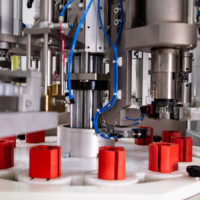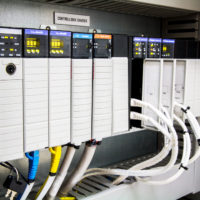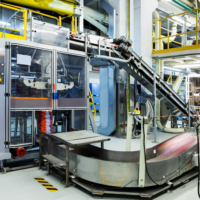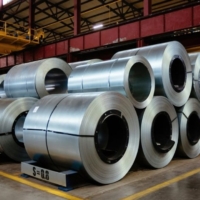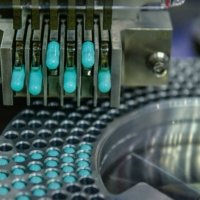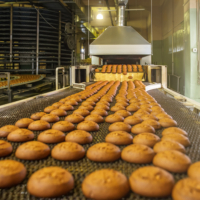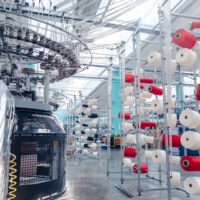What is a Soft Starter?
In this article:
- About Soft Starter
- What is the purpose of a soft starter?
- Where are soft starters used?
- How is a soft starter different from a normal starter?
- What is the difference between a soft starter and VFD?
- Sources
About Soft Starter
Essentially, a motor soft starter is an additional device added to an existing AC electric motor which allows the motor to utilise a different start-up method. [1]
At its core, a soft starter consists of three main components: a thyristor or solid-state device, a bypass contactor, and a control unit. The thyristor or solid-state device is responsible for gradually increasing the voltage supplied to the motor, allowing for a smooth and controlled acceleration. This component is crucial in preventing the sudden jolts and jerks that can occur when a motor is started at full voltage. The bypass contactor, on the other hand, is used to direct power around the soft starter once the motor has reached its running speed, reducing energy losses and increasing overall efficiency. Finally, the control unit is the brains of the soft starter, monitoring the motor’s speed and voltage and adjusting the output as needed to ensure optimal performance.
In addition to these main components, a soft starter may also include a variety of other features and accessories, such as overload protection, braking options, and communication interfaces for remote monitoring and control. These additional elements further enhance the functionality and versatility of the soft starter, making it an indispensable tool for a wide range of motor control applications.
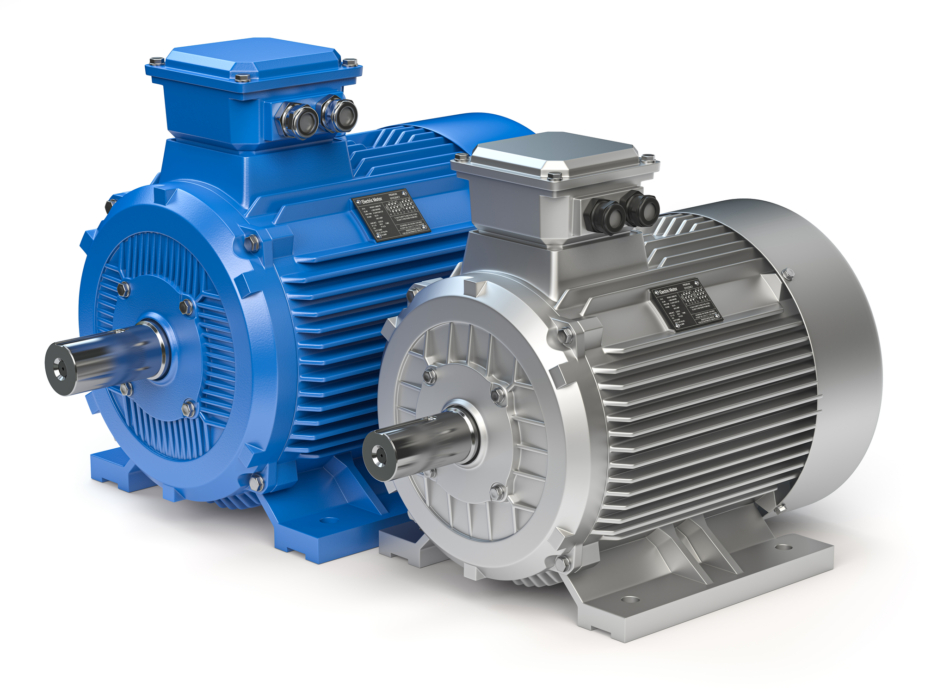
What is the purpose of a soft starter?
The main purpose of a soft starter is to reduce the mechanical stress on the motor during the start-up process. With reduced mechanical stress, this can extend the lifespan of the motor and other components in the system. [2]
By using a soft starter, the motor can start smoothly and efficiently, without experiencing the sudden jolt of full power. This not only extends the lifespan of the motor and reduces maintenance costs, but also improves the overall reliability and performance of the system.
Additionally, soft starters help to improve energy efficiency by limiting the amount of power consumed during the start-up process and reducing the level of inrush current. This is particularly beneficial in applications where multiple motors are started simultaneously, as it prevents overloading the power supply and ensures a more balanced distribution of electrical load.
Furthermore, soft starters provide a higher level of control and flexibility, allowing for customizable acceleration and deceleration profiles to match the specific requirements of the application. This can be particularly useful in scenarios where precise speed and torque control are necessary, such as in conveyor systems, pumps, and other industrial machinery.
In addition to protecting the motor and improving energy efficiency, soft starters also contribute to a safer working environment by reducing the risk of electrical faults and equipment malfunctions.
Where are soft starters used?
Soft starters are used in various industrial applications where there is a need to control the starting and stopping of electric motors. These devices are commonly found in industries such as manufacturing, mining, oil and gas, water and wastewater treatment, and HVAC systems.
In manufacturing, soft starters are used in conveyor belts, pumps, fans, compressors, and other machinery that require precise control over the motor’s starting and stopping processes. The ability to gradually ramp up the motor’s speed helps to reduce mechanical stress on the equipment, extending its lifespan and reducing maintenance costs.
In the mining industry, soft starters are utilized in crushers, conveyors, and other heavy equipment to minimize the impact of sudden motor starts on the electrical grid and mechanical components. This leads to improved energy efficiency and reduced downtime.
In the oil and gas sector, soft starters are crucial for powering pumps, compressors, and drilling equipment. By controlling the motor’s acceleration and deceleration, these devices help to optimize operational efficiency and prevent electrical and mechanical wear and tear.
How is a soft starter different from a normal starter?
A soft starter is different from a normal starter in several key ways. One major difference is that a soft starter gradually ramps up the voltage to the motor, whereas a normal starter typically applies full voltage to the motor instantaneously. This gradual ramp-up reduces mechanical stress on the motor and other connected equipment, resulting in smoother and more controlled acceleration.
Additionally, a soft starter can help to reduce power surges and inrush currents, which can be particularly beneficial when starting up large motors or when working with sensitive equipment. This can ultimately lead to cost savings by extending the lifespan of the motor and reducing energy consumption.
Another important distinction between a soft starter and a normal starter is the level of control and customization available. Soft starters often provide a range of adjustable parameters, such as start and stop times, acceleration and deceleration rates, and current limits, allowing for a high degree of flexibility in motor control and protection.
What is the difference between a soft starter and VFD?
A soft starter and a variable frequency drive (VFD) are both used to control the speed and torque of electric motors, but they function in different ways. The main difference between the two lies in how they regulate the motor’s speed and starting process.
As we mentioned before, a soft starter is designed to gradually ramp up the voltage to the motor in order to reduce the inrush current and mechanical stress during the start-up. It provides a smooth acceleration and deceleration of the motor, but does not have the ability to vary the motor speed during operation.
On the other hand, a VFD is capable of controlling both the speed and torque of the motor by varying the frequency and voltage supplied to it. This allows for precise control of the motor’s speed and allows for energy savings by matching the motor’s speed to the actual load requirements. VFDs are often used in applications where the motor needs to operate at different speeds or where there is a need for energy efficiency, such as fans, compressors and production lines.
Sources
- Global Electronic Services. (n.d.). Soft Starters Explained. Retrieved on 30 July 2024, from: https://gesrepair.com/what-is-a-soft-start/
- Wikipedia. (2024.) Motor Soft Starter. Retrieved on 30 July 2024, from: https://en.wikipedia.org/wiki/Motor_soft_starter

